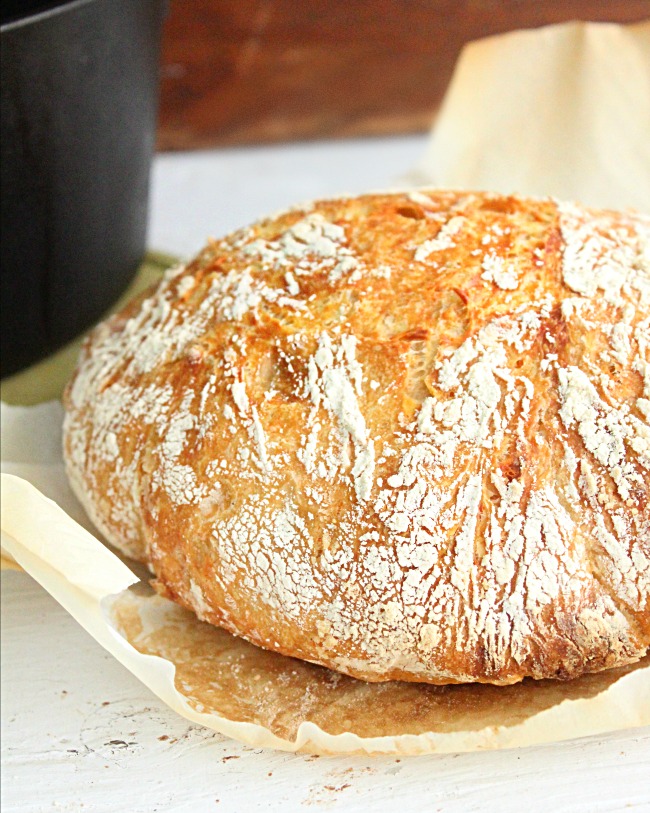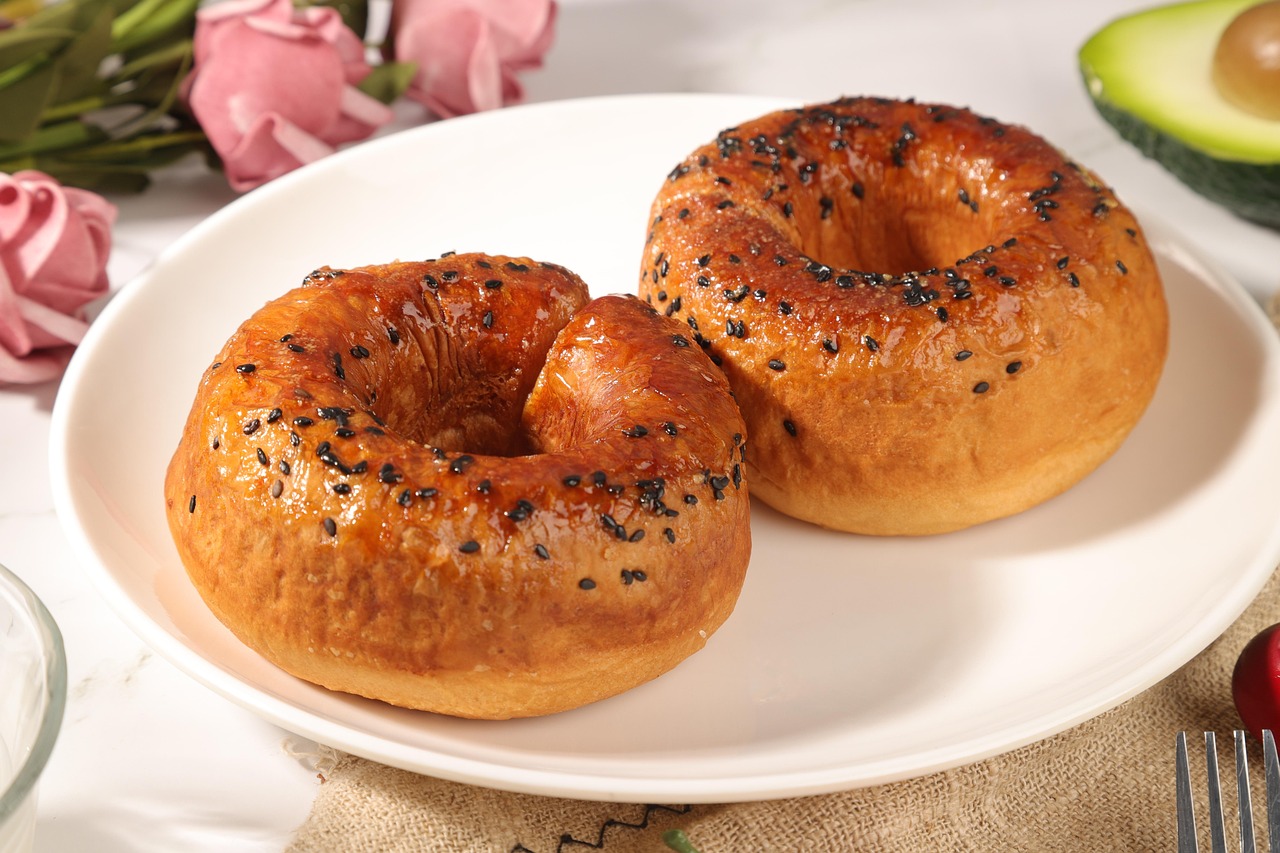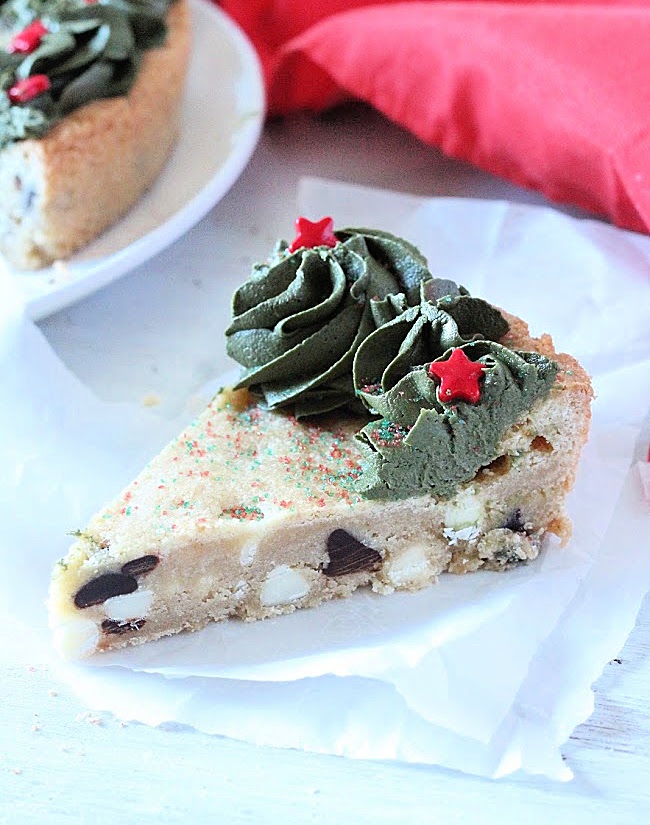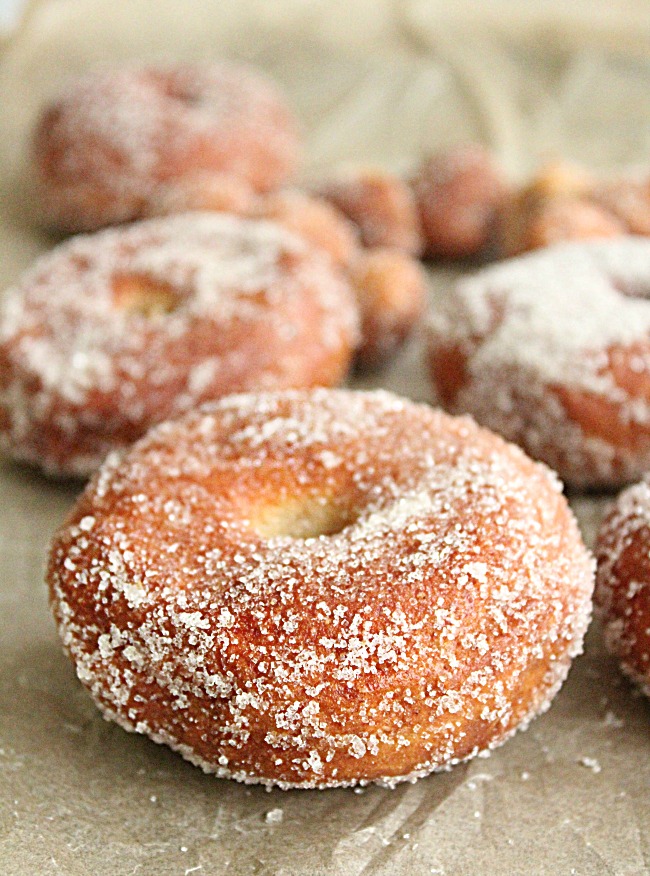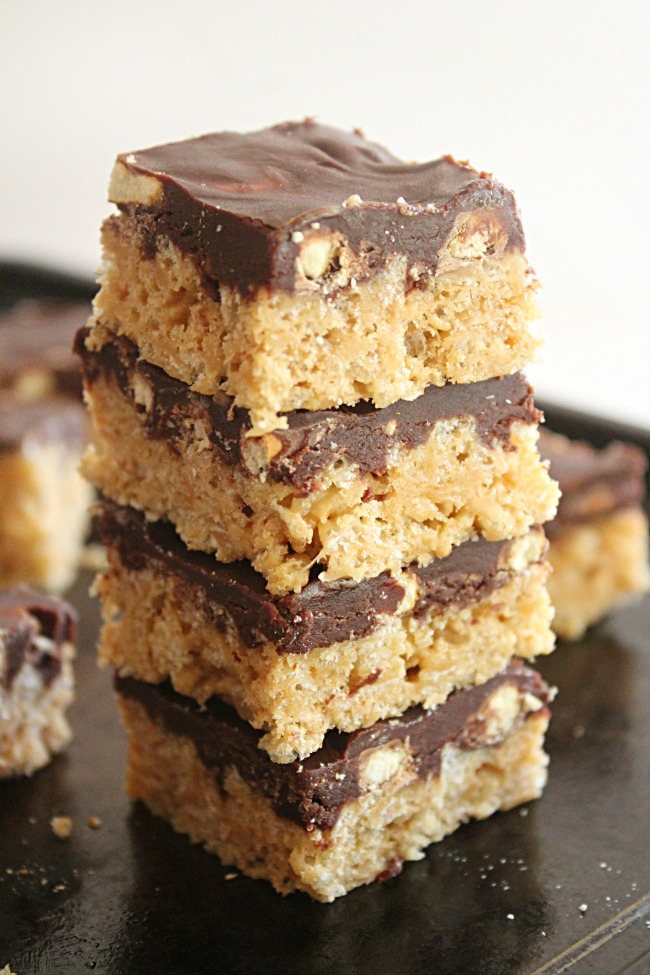12 Regional Halloween Treats Americans Still Hand Out On The Porch
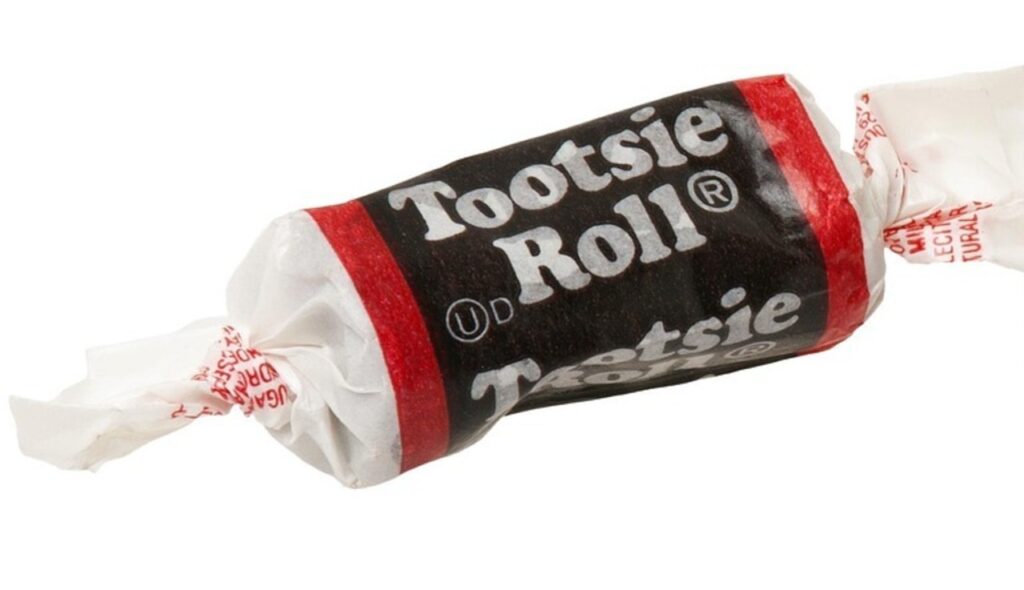
Halloween is a season of costumes, decorations, and, most importantly, sweets. Across the U.S., neighborhoods buzz with kids trick-or-treating and porches full of candy. Beyond chocolate bars and candy corn, many regions offer unique treats like East Coast taffy or Southern Moon Pies. Handing out these candies connects families to local culture and tradition, turning Halloween into a celebration of community, flavor, and shared joy for children and adults alike.
1. Candy Corn
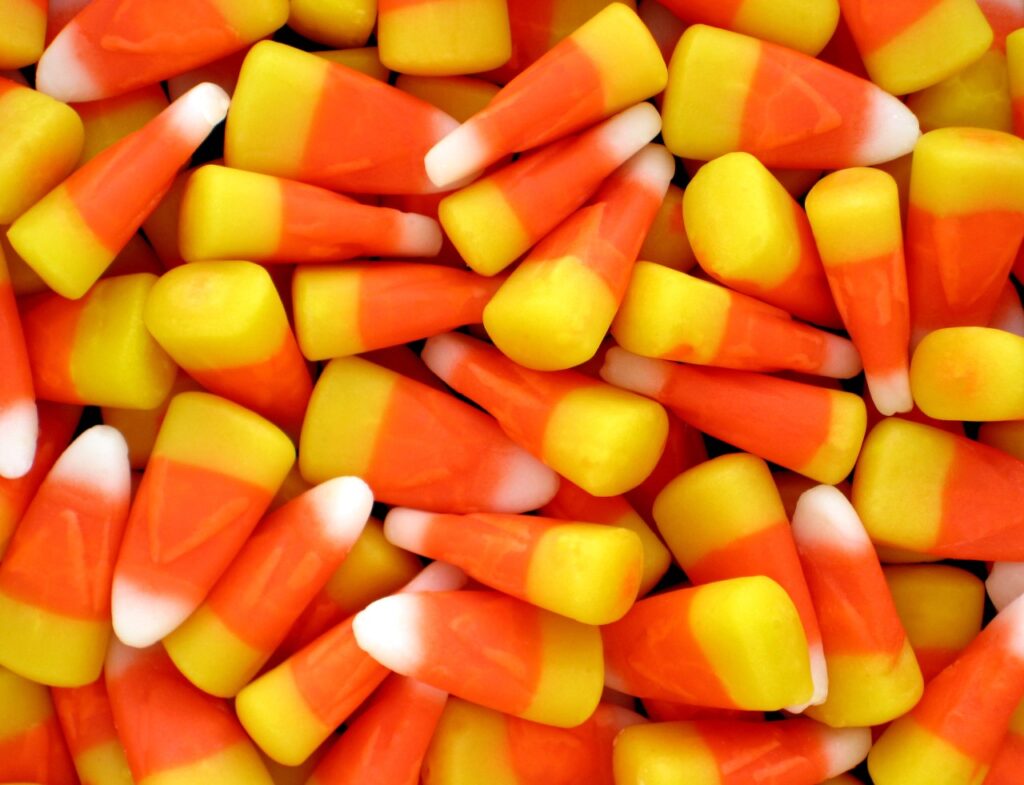
Candy corn is instantly recognizable with its layered white, orange, and yellow stripes, making it a symbol of Halloween for generations. Created in the 1880s, this sugary treat was designed to resemble kernels of corn, reflecting the agricultural roots of American life. Kids enjoy its soft, chewy texture and sweet flavor, while parents often remember it as a nostalgic staple. Handing out candy corn connects households to a long-standing tradition, teaching children how a simple treat can carry cultural history and evoke shared memories during the spooky season.
2. Saltwater Taffy
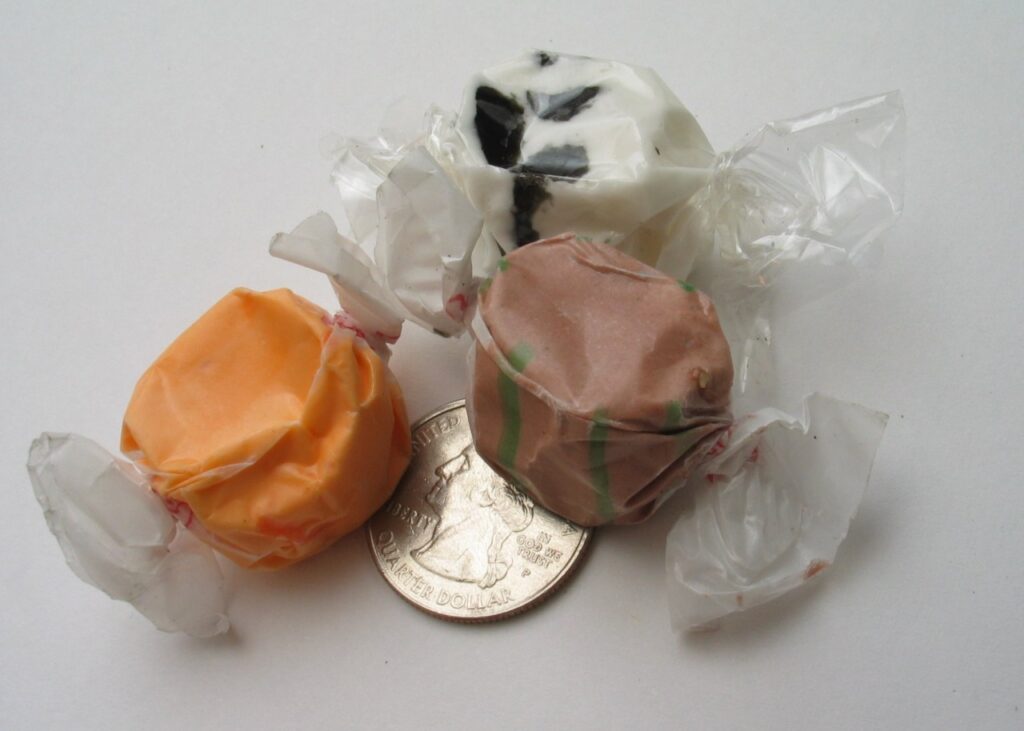
Saltwater taffy has long been associated with East Coast beach towns like New Jersey and New England. Its chewy, stretchy texture and colorful appearance make it a fun and playful treat for trick-or-treaters. The candy’s origins date back to the late 19th century, when candy makers sold it as a seaside novelty. Handing out taffy reflects regional pride and a connection to local history. Kids not only get a sweet treat but also learn how geography and culture influence the types of candies communities celebrate during Halloween.
3. Charleston Chews
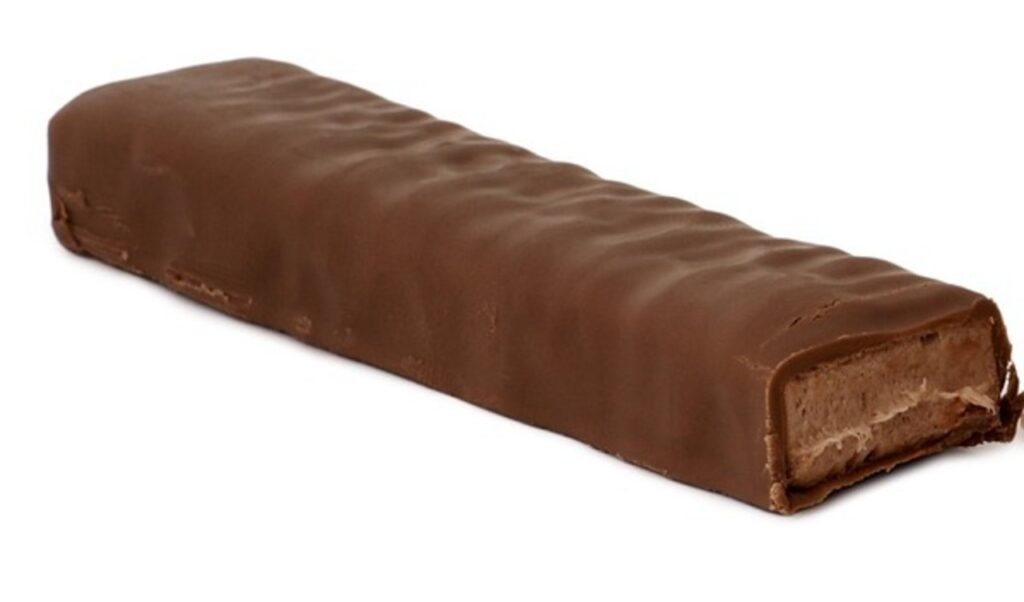
Charleston Chews, chocolate-covered nougat bars first created in Boston, are a regional favorite that has endured for nearly a century. Smooth, sweet, and satisfying, they are easy to hand out and enjoyable for children. Their lasting popularity stems from the candy’s unique texture and nostalgic flavor, which evokes memories of childhood Halloweens. By sharing Charleston Chews, families celebrate both a regional culinary tradition and the broader idea of maintaining special treats that define community identity during festive occasions.
4. Tootsie Rolls
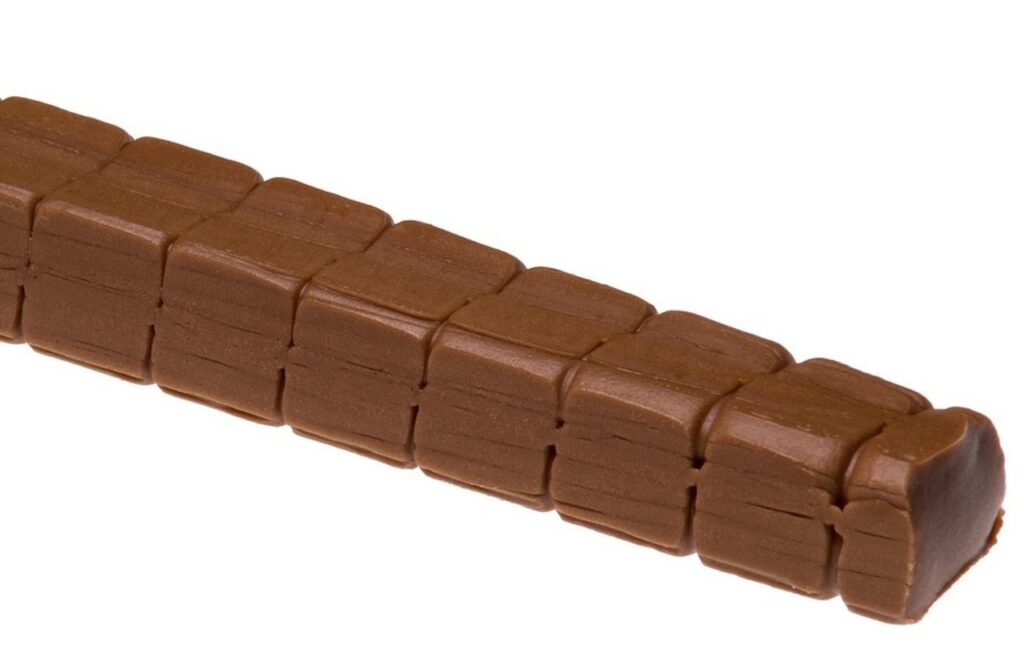
Tootsie Rolls are a long-standing American candy with origins in Chicago in 1896. Their soft, chewy chocolate flavor has made them a staple of Halloween for decades. Children enjoy their pliable texture, while parents appreciate their portion-controlled sweetness. Tootsie Rolls demonstrate how a candy can evolve from a local favorite to a nationwide classic, showing kids the connection between innovation and tradition. Handing them out combines history, fun, and practicality, making them an enduring Halloween favorite.
5. Bit-O-Honey
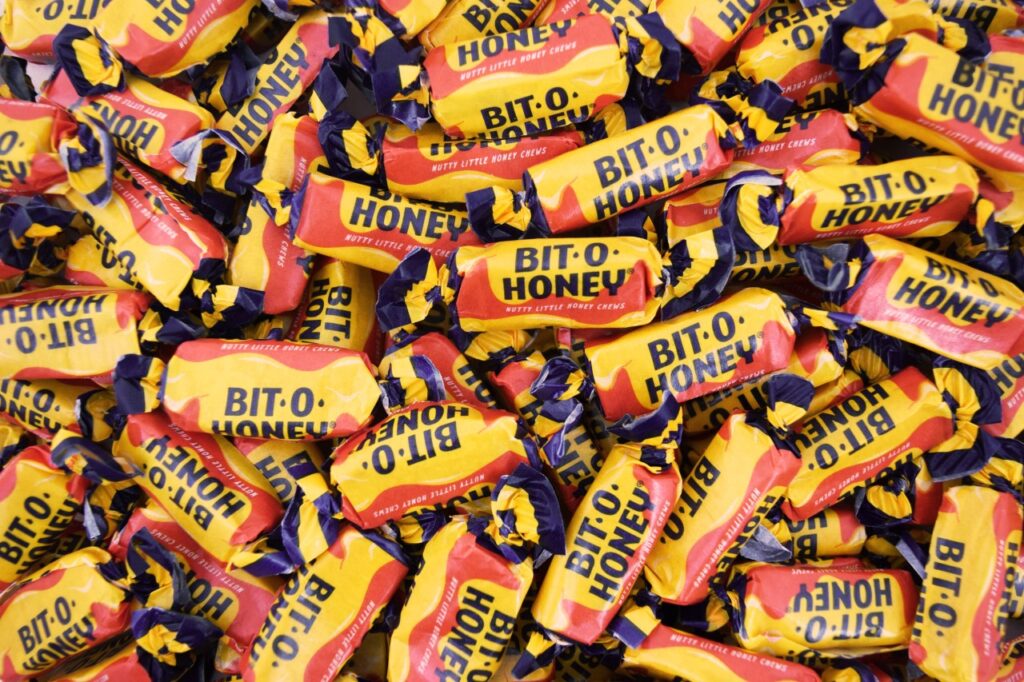
Bit-O-Honey offers a chewy combination of honey and almond bits that remains beloved in the Midwest. Introduced in 1924, it provides a unique alternative to standard chocolate bars, standing out with its nutty, sweet flavor and satisfying texture. Kids enjoy biting into the chewy bar, while adults often recall it as a nostalgic taste of their own childhood Halloweens. Sharing Bit-O-Honey teaches children how local preferences shape candy traditions, highlighting the cultural and regional diversity of American Halloween celebrations.
6. Mary Janes
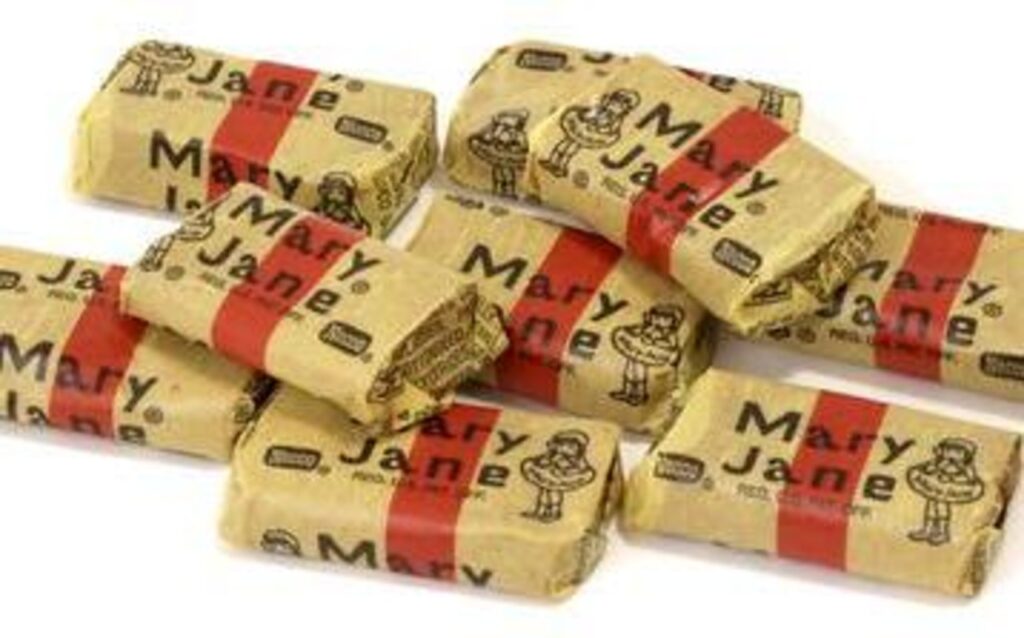
Mary Janes are firm candies with a distinctive peanut butter and molasses flavor that have been part of American Halloween since the early 20th century. Popular in the Northeast and Midwest, they are a reminder of how traditional ingredients create lasting favorites. Kids enjoy their sweet, nutty taste, and families handing them out preserve a connection to regional culinary history. Mary Janes offers an opportunity to explore the evolution of candy, teaching children how recipes and flavors reflect both local culture and enduring holiday traditions.
7. Hot Tamales
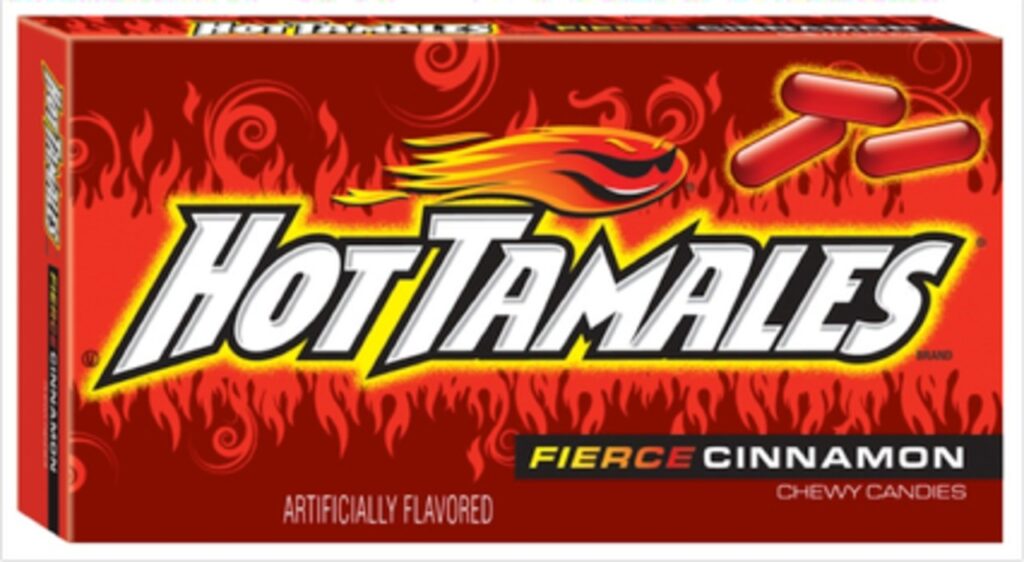
Hot Tamales are cinnamon-flavored chewy candies that add a bold twist to Halloween collections. Known for their sweet-and-spicy taste, they are popular in Southern and Midwestern states. Their fiery flavor excites children’s taste buds and adds variety to the typical candy mix. By handing out Hot Tamales, families celebrate regional tastes while introducing kids to a candy that challenges their palate in a fun and festive way. It’s a reminder that Halloween treats can be both playful and distinctive, reflecting local flavor preferences.
8. Zagnut Bars
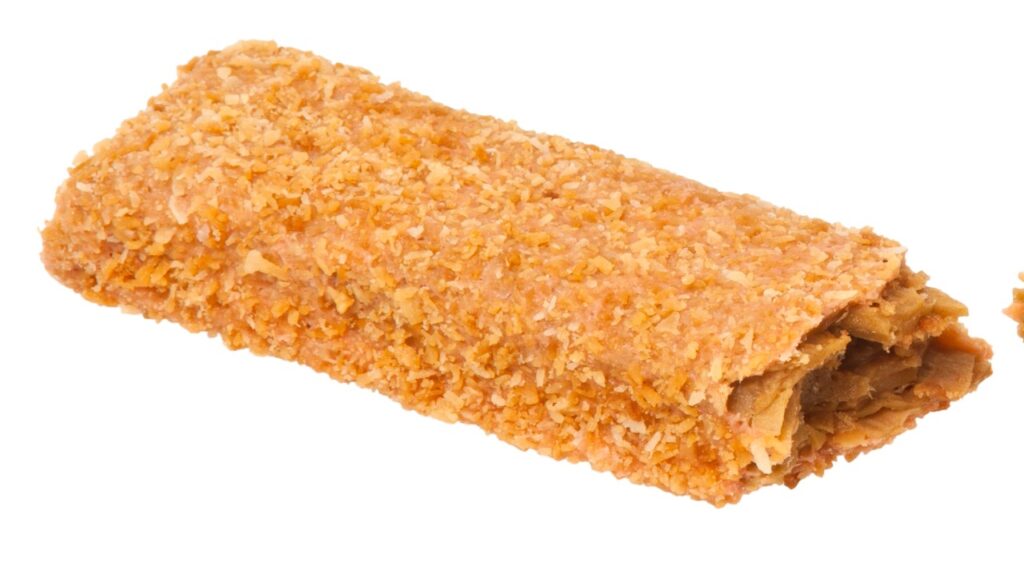
Zagnut bars combine crunchy peanut butter with coconut and a candy coating, creating a distinct flavor experience. Especially popular in parts of the East Coast, this nostalgic candy offers an alternative to standard chocolate bars. Children find the texture intriguing, and adults often recall it from their own childhood Halloweens. Handing out Zagnuts preserves regional candy heritage and introduces younger generations to the diversity of American confections, highlighting the way local favorites continue to thrive alongside mainstream treats.
9. Red Vines
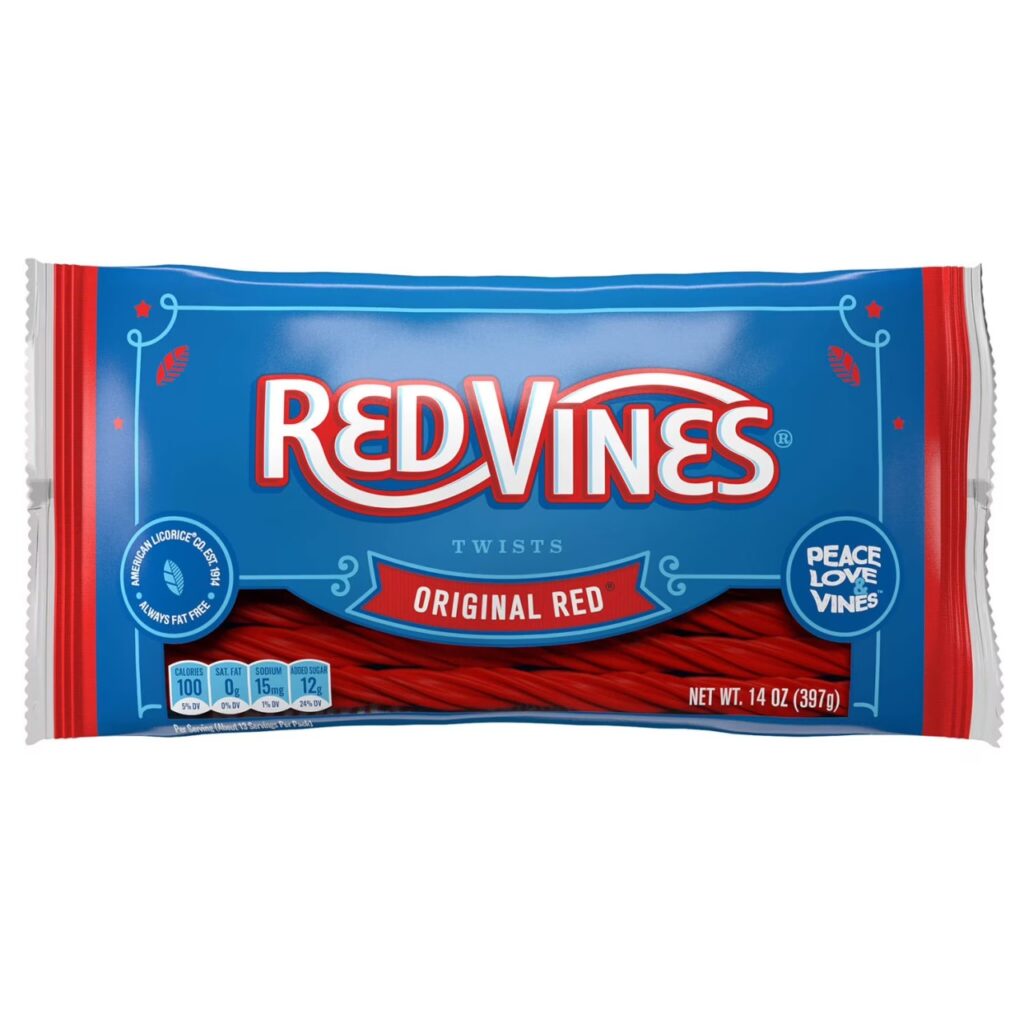
Red Vines are a chewy, fruity licorice candy popular on the West Coast and in the Midwest. Their soft texture and mild flavor make them a favorite for children who enjoy alternatives to chocolate. Red Vines have remained a regional staple for decades, symbolizing how candy preferences can vary significantly across the country. Handing them out connects kids with local traditions and introduces them to enduring treats that reflect both cultural taste and nostalgia, keeping regional flavors alive during Halloween.
10. Moon Pies
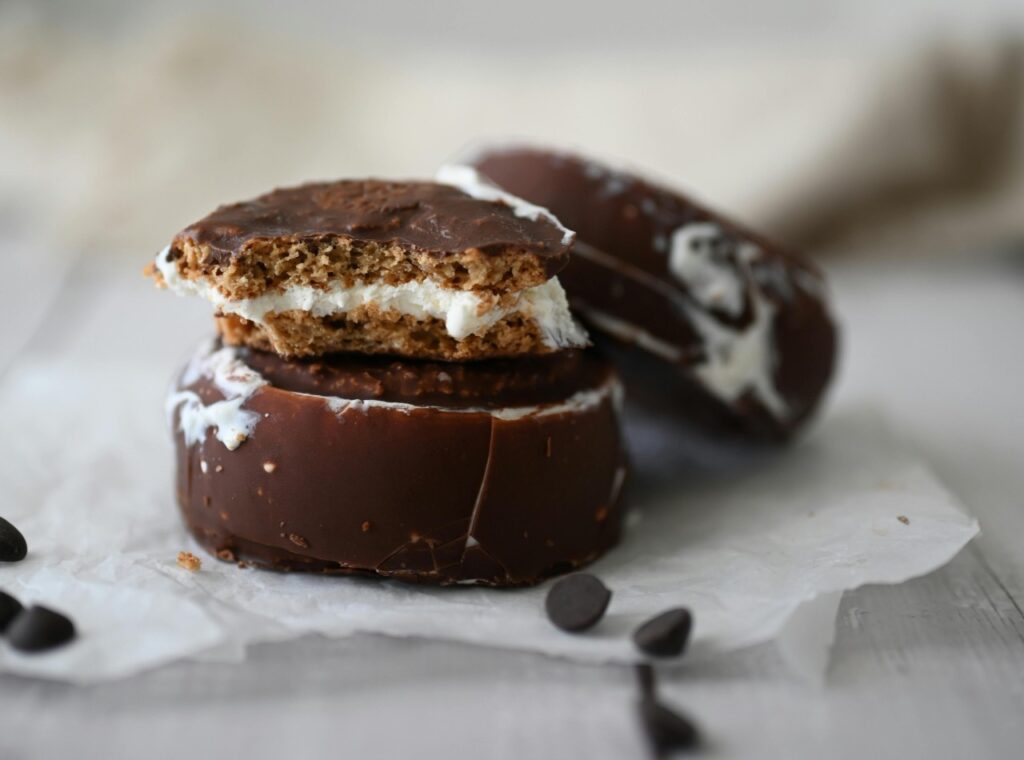
Moon Pies, soft marshmallow sandwiches dipped in chocolate, are a Southern Halloween tradition with deep roots in Tennessee and Kentucky. Their size and texture make them a satisfying treat for kids, while their history highlights regional culinary identity. Sharing Moon Pies on Halloween reflects local pride and a preference for hearty, distinctive candies. Children experience a treat that combines taste, culture, and history, showing how certain regional favorites continue to define holiday celebrations for generations.
11. Salted Caramel Chocolates
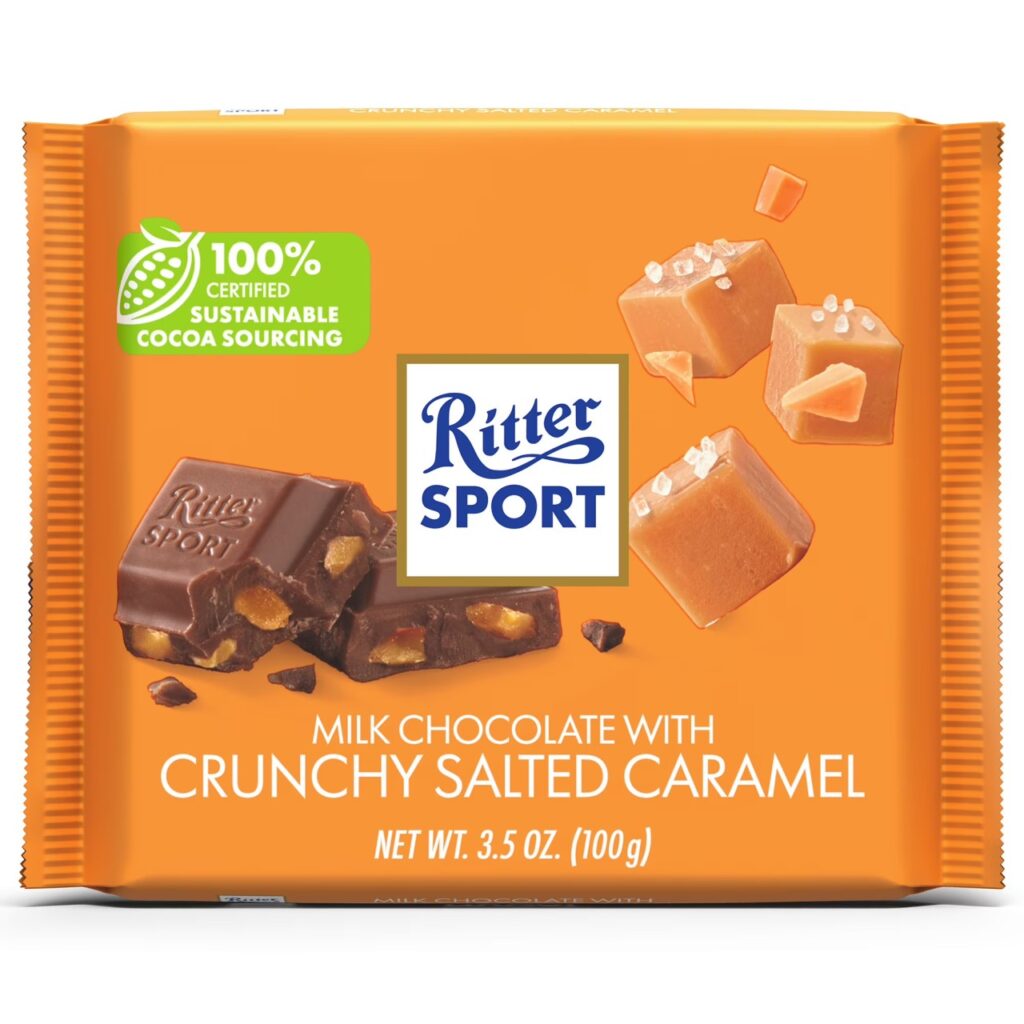
In the Pacific Northwest, artisanal salted caramel chocolates are increasingly popular for Halloween. These locally crafted candies highlight sophisticated flavors, blending sweetness with a touch of salt to appeal to modern palates. Families handing them out celebrate regional craftsmanship and quality ingredients, teaching children to appreciate taste and creativity. Including these chocolates in trick-or-treat bags demonstrates that Halloween traditions can evolve with local trends while still keeping the holiday fun and engaging for kids.
12. Home-Baked Cookies
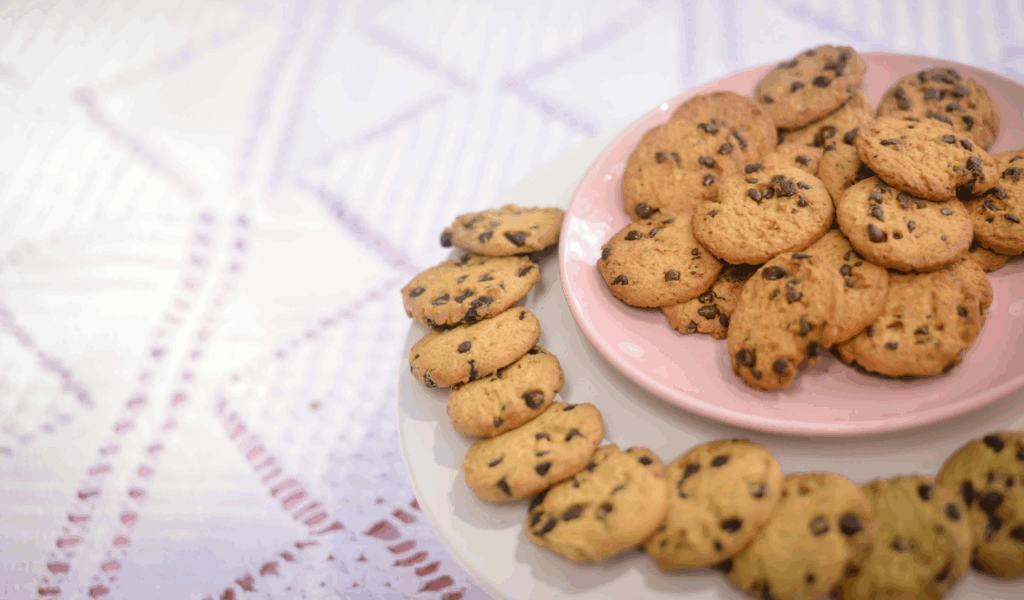
Many American families continue the tradition of handing out home-baked cookies for Halloween. From decorated sugar cookies to spooky brownies, homemade treats add a personal, creative touch to the holiday. Kids enjoy watching cookies being prepared, learning baking skills, and sharing the experience with neighbors. Hand-baked treats emphasize community, generosity, and family involvement, showing that Halloween is not just about candy, but also about creativity, connection, and celebrating local and familial traditions.

